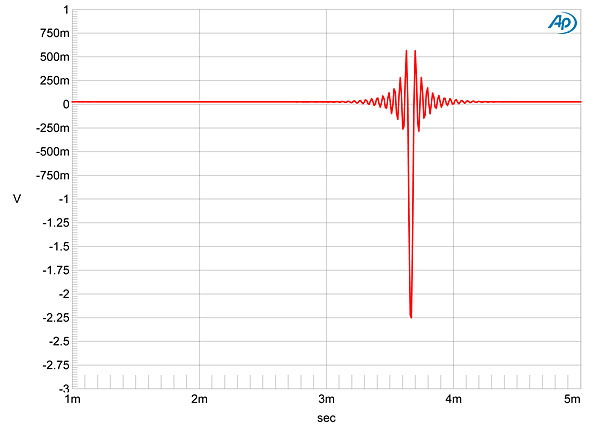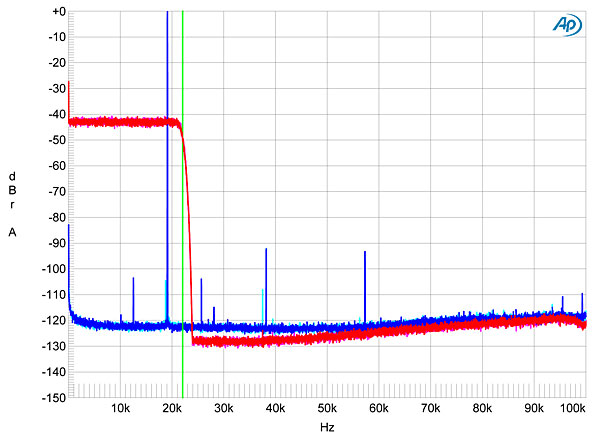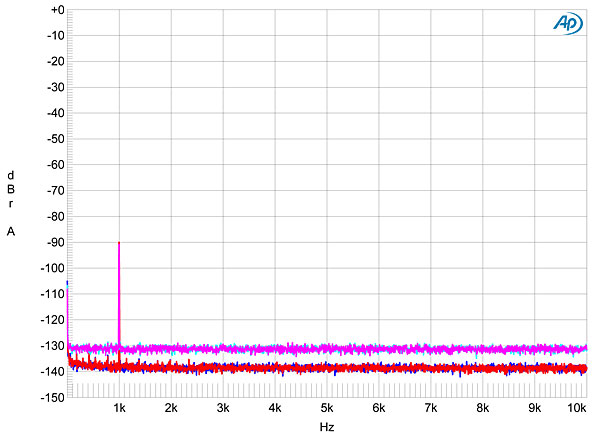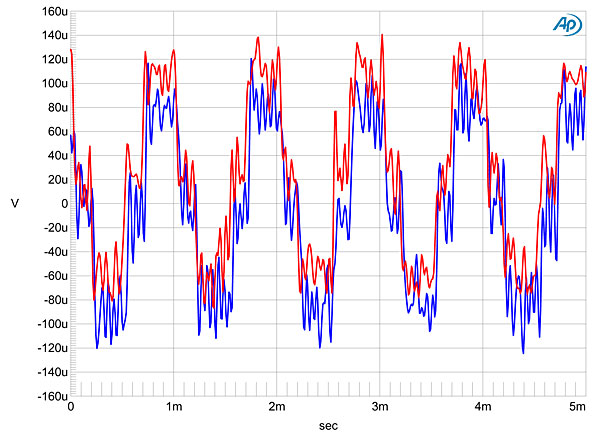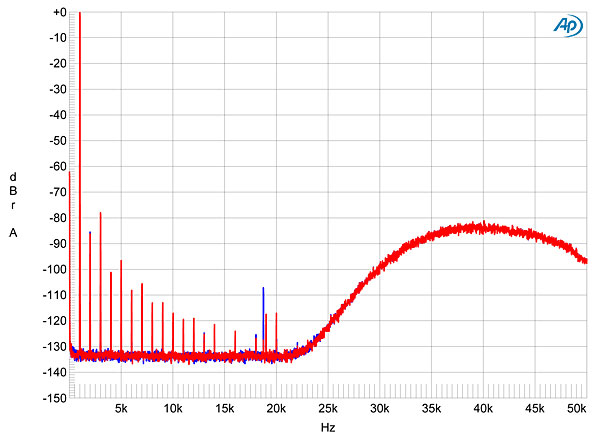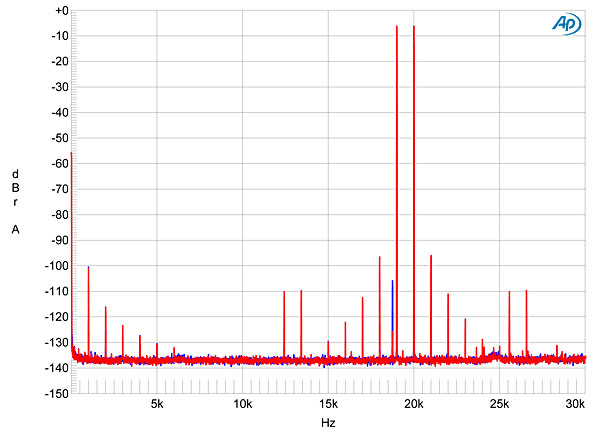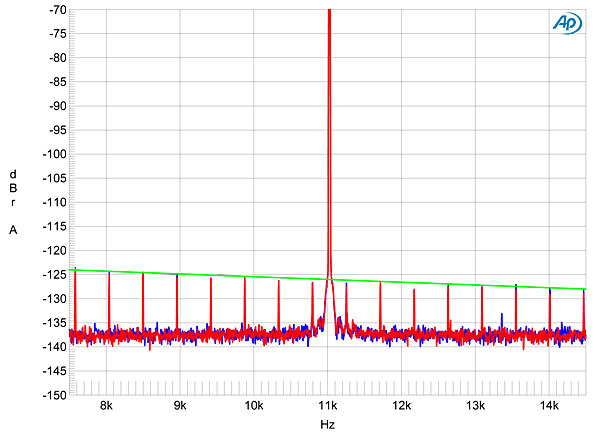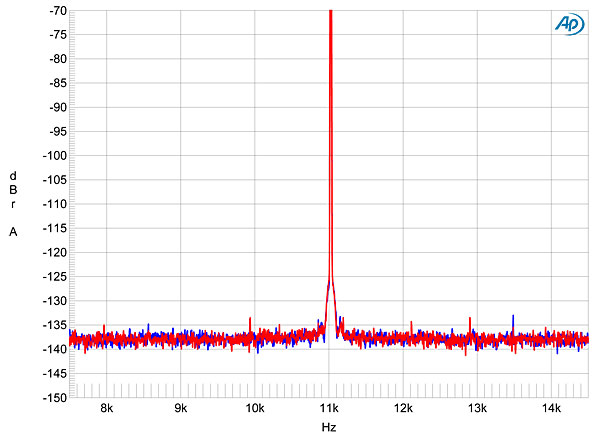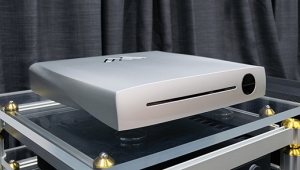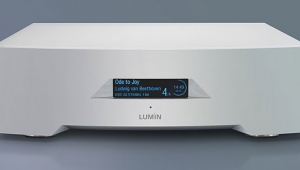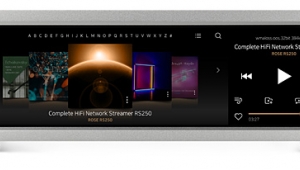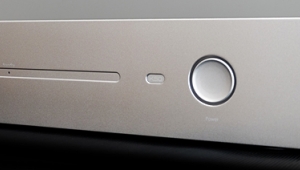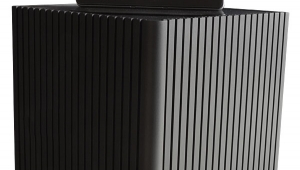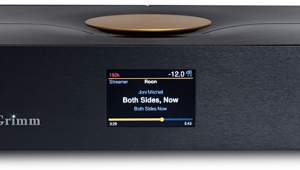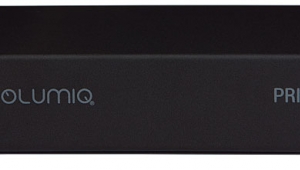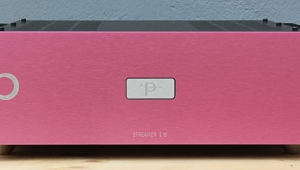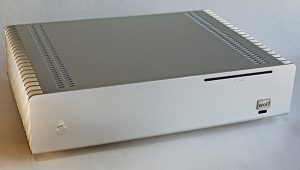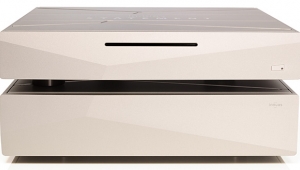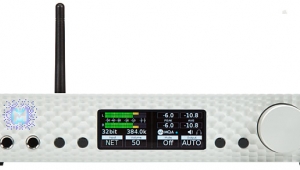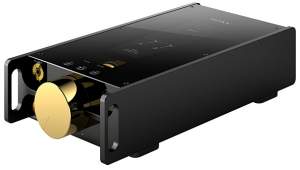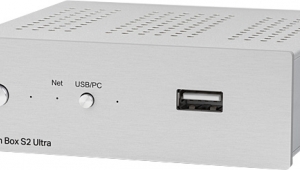| Columns Retired Columns & Blogs |
I wonder if it can drive a typical 'line' input to reasonable levels? My iPad can't. Nor will its 'Lightning' output at a high enough level into a USB port. You can't really tell from the specs.
So for the future it might be helpful if you could try this and tell us. (I was too tight-fisted to order the optional Burmester audio in my car so now need an external player.)
AR? I've still got, and use, their turntable, later copied by Linn. Bought it from the local branch of Laskys. Do you remember them too?
